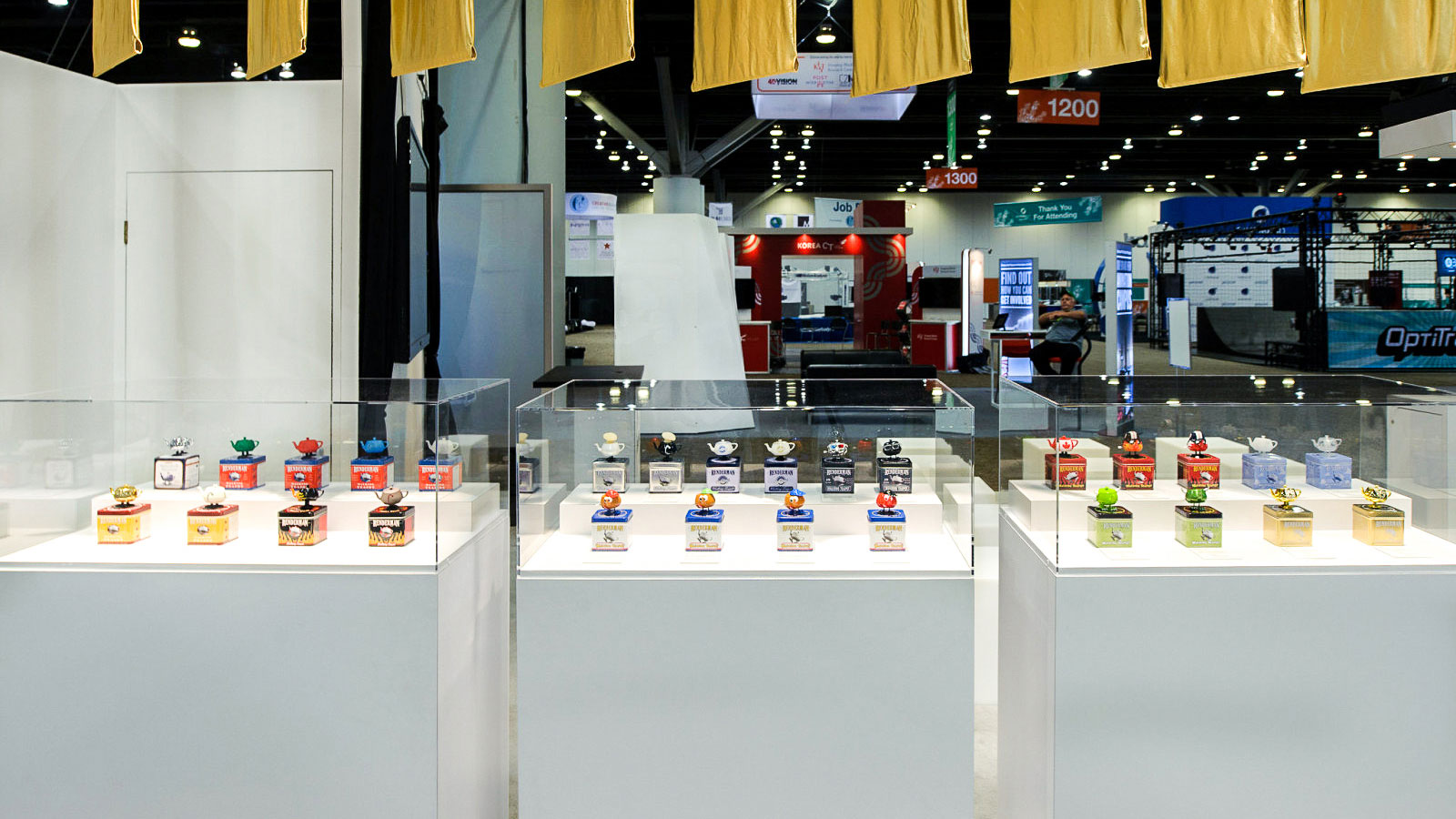Located in Toledo, Ohio, we serve local, regional, and nationwide clients.
If it isn’t listed below, call us and we’ll see if we can help you. Otherwise, we’ll point you a place that can.
Plastic Product Development Services
- Design and engineering support
- Retail store and dispensary design
- Materials selection
- Manufacturability & design feedback
- Manufacturing process selection
- Prototype evaluation
- Rapid prototyping
Custom Plastic Manufacturing Capability
- Thermoforming & vacuum forming
- Large part thermoforming
- Dieless knife cutting
- Die cutting
- CNC plastics routing
- Plastic fabrication & Assembly
Custom Plastic Designs
- Showcases for Retail, Restaurant, and Commercial
- Conference Booths and Exhibits
- Trade Show Marketing Displays
- Signage for Stadiums, Arenas, Amphitheaters
- Protective Cases for Artifacts
- Collection Showcases
- Vitrines
- Display Walls for Retail, Restaurant, Commercial
- Protective Frames
- Stadium Displays
- Sculptures
- Trophies and awards
- Sneeze Guards
- Protective Shields
- Machine Guards
- Computer (Physical Technology) Protection
Applications and Industries
- Startups
- Commercial
- Industrial
- Agricultural
- Retail
- Cannabis
- Healthcare
- Banking
- Office
- Stadiums
- Arenas
- Amphitheaters
- Convention Centers
- Conference Booths and Exhibits
- Trade Show Displays
- Corporate Headquarters
Plastic Materials Commonly Used for Plastic Fabrication
Acrylic, a transparent thermoplastic also known as polymethyl methacrylate (PMMA) or the branded product, Plexiglas.
Polycarbonate plastics which are also transparent and impact resistant.
ABS or acrylonitrile butadiene styrene which is the plastic used to build Lego bricks. Fused deposition modeling (FDM) 3D printers use ABS filament to create objects using computer assisted manufacturing (CAM).
Ultra High Molecular Weight Polyethylene (UHMW or UHMWPE) is a thermoplastic characterized by its high impact strength. Its resistance to corrosion and wear makes it suitable for use in industrial settings.
High-Density Polyethylene (HDPE) plastics are used in a wide range of products and are characterized by their high melting point and impact resistance.
Polyvinyl Chloride (PVC or Vinyl). More than just the material that you stick to when you sit down in a chair during the summer, vinyl can be fabricated to retain its shape or flex.
Low-Density Polyethylene (LDPE) has what is called low-temperature flexibility. This material will flex in cold temperatures instead of cracking. This material is not a good choice if structural strength is a priority.
Polypropylene (PP). This widely used plastic appears in everything from cosmetics bottles to machine parts. Because it is resistant to chemical corrosion, PP is often used for cleaning supply bottles. The material also shows up in medical tools and car interiors.
Polystyrenes. In extruded or expanded varieties, polystyrenes are lightweight and water resistant. Artists, exhibition designers and fabricators, and special effects teams use expanded polystyrene (EPS) to craft 3D objects using subtractive methods including CNC milling or carving.

